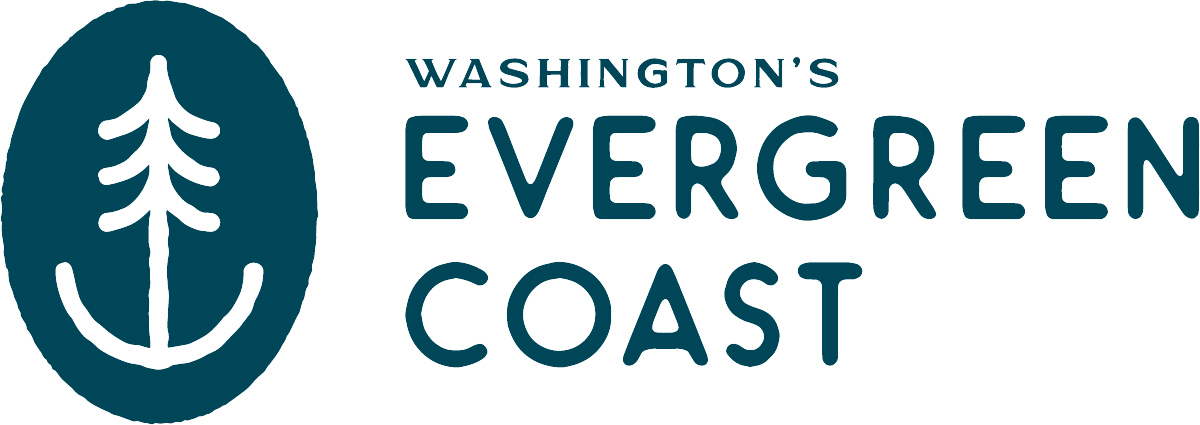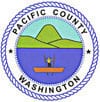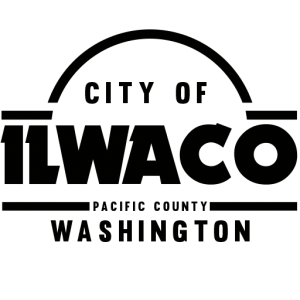From 1876 to 1899 the Knappton Cove site had housed the Eureka and Epicure Packing Company, a salmon cannery owned by Joseph Hume- the youngest of four Hume brothers who were salmon canning pioneers.
Astoria residents, eager to distance themselves from contact with infected persons arriving on the west coast by ship, looked across the Columbia to the abandoned cannery site — sheltered, on a deep channel, with existing buildings — and saw an ideal site for isolating infectious cases. Knappton settlers, sparse in number but persistent, objected but were overruled.
The Columbia River’s “Ellis Island”, a U.S. Quarantine Station served as one of two major federal quarantine stations north of San Francisco. Its buildings were used to quarantine immigrants carrying diseases such as the bubonic plague, yellow fever, cholera, small pox and typhus between 1899 and 1938.
A wharf once stood on the pilings seen in front of the Heritage Center, in the Columbia River. The wharf was used to dock ships and unload passengers for inspection.
Fumigation of ships took 48 hours. During this time, passengers were housed in an isolation hospital on site, or on board the Concord, a decommissioned ship that had seen action in the Spanish American war.
The Knappton Quarantine Station was closed in 1938. In 1950 Clarence and Katherine Bell purchased the site at a United States government surplus property auction and opened a fishing camp and moorage facility at the site.
In 1980 the Knappton Quarantine Station was added to the National Register of Historic Places. Since 1995 the hospital building has housed the Knappton Cove Heritage Center, a small museum dedicated to preserving and exploring the Quarantine Station’s role in the history of maritime immigration.
More Information: http://www.knapptoncoveheritagecenter.org or 503.738.5206
See also:History Link.org: Knappton Cove Heritage Center





